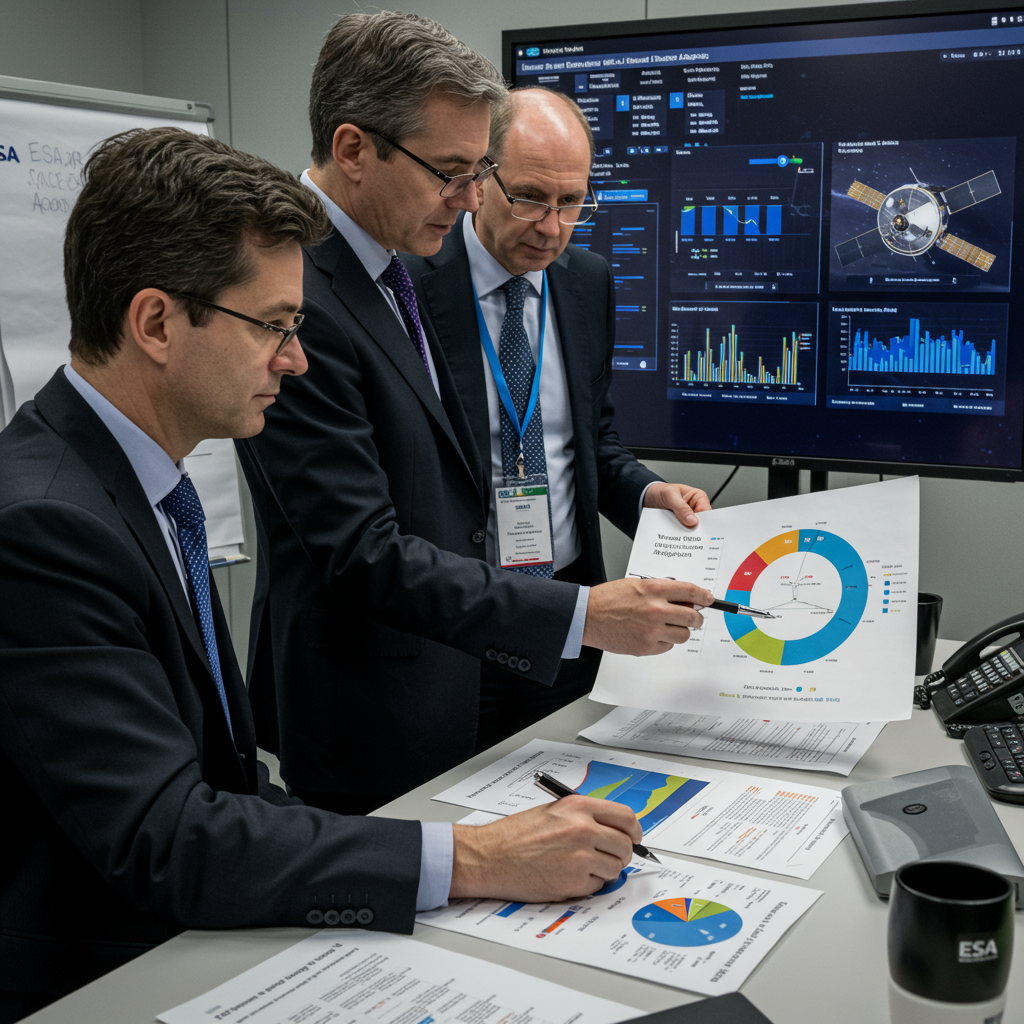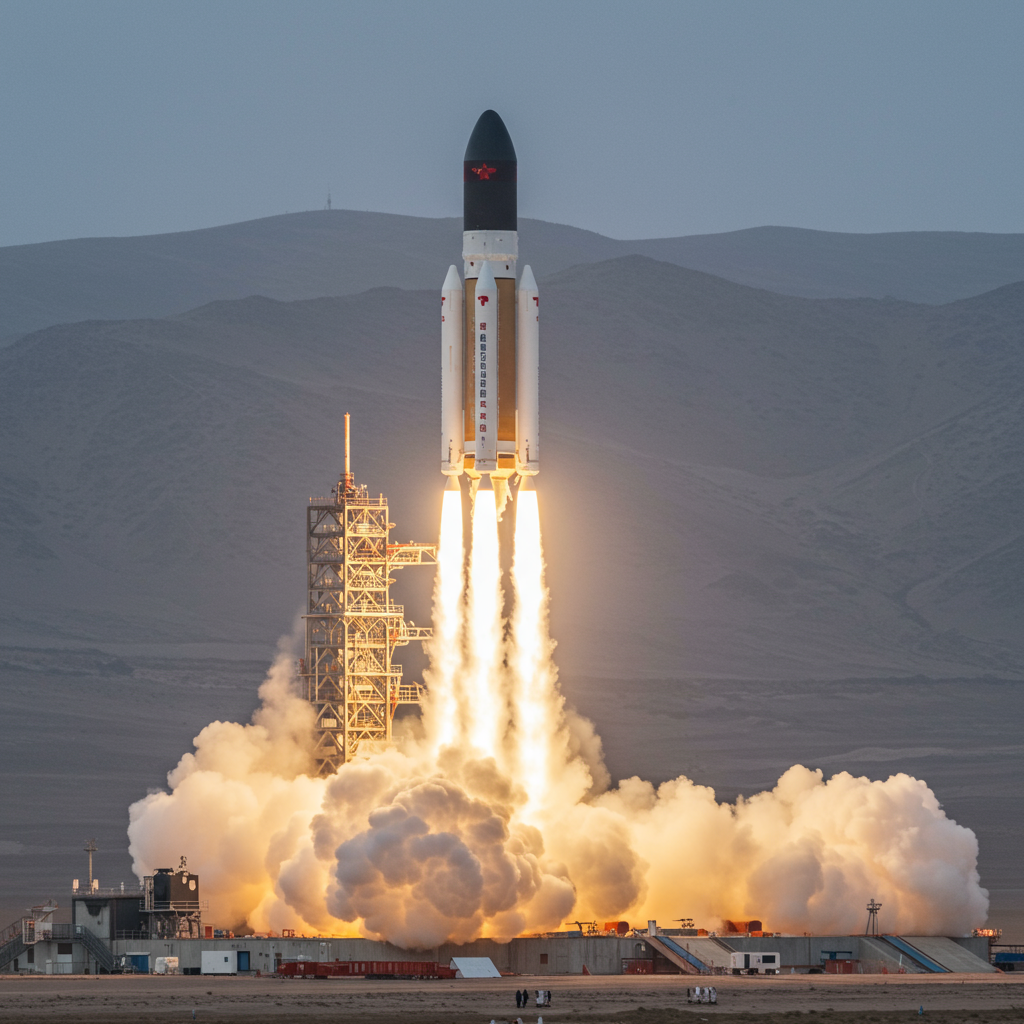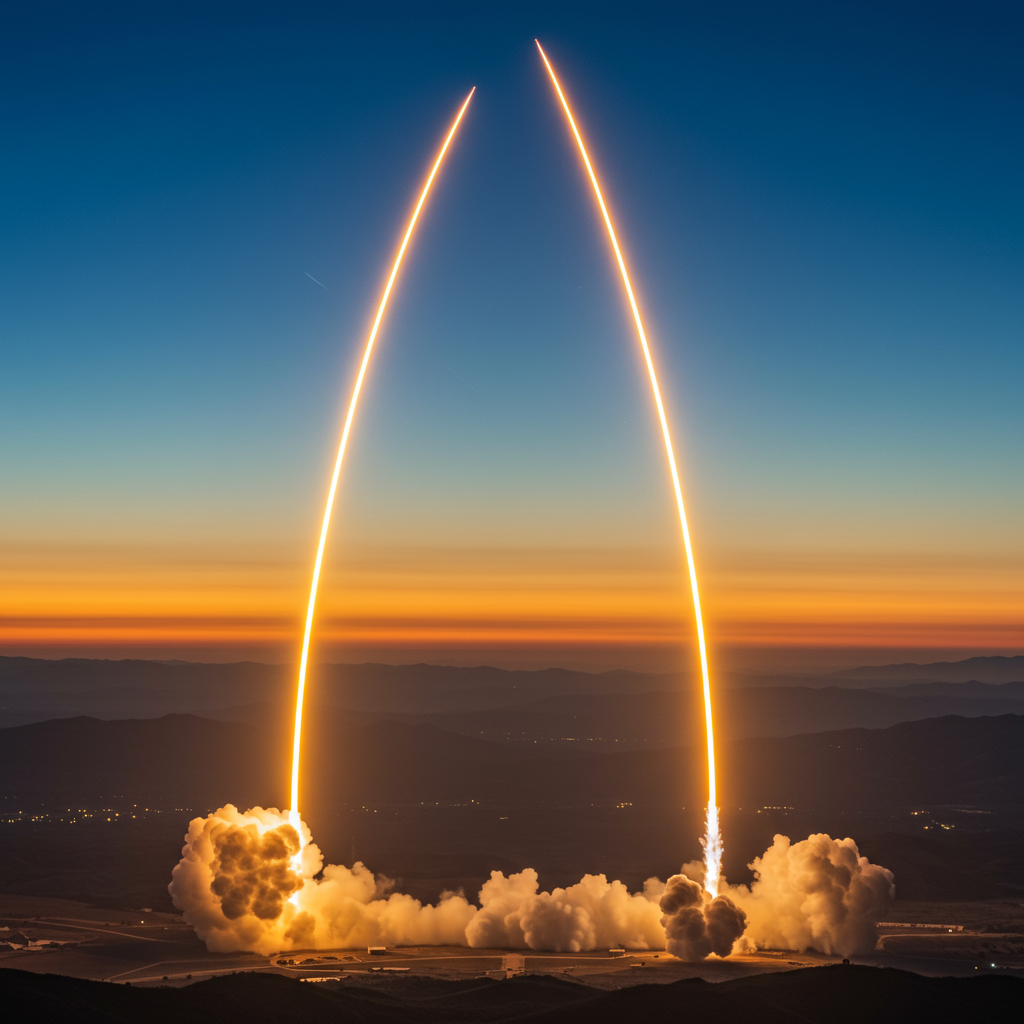The European Space Agency (ESA) is undertaking a thorough analysis of the significant implications posed by the proposed U.S. National Aeronautics and Space Administration (NASA) fiscal year 2026 budget cuts. Released in late May, NASA’s budget proposal suggests potentially deep reductions and cancellations across various joint science and exploration programs, prompting ESA to assess the potential fallout and chart a course forward.
At a June 12 press briefing following an ESA Council meeting, officials, including Director General Josef Aschbacher, confirmed intense discussions about the NASA proposal. Aschbacher stated that a “deep discussion” had occurred, acknowledging, “We are impacted on quite a number of domains that, at least for the moment, are proposed for cancellations or reductions.”
The proposed cuts are substantial, particularly for NASA’s science portfolio. Reports based on the proposal indicate a potential 53% slash to NASA’s science budget, aiming for a “leaner, more focused science program.” Critics, like The Planetary Society, argue this represents “a retreat, a narrowing of ambition,” potentially jeopardizing one-third of NASA’s total space exploration missions.
Potential Fallout on Joint Missions
The intertwined nature of ESA and NASA programs means the proposed U.S. budget could significantly impact European investments and ambitions across multiple critical areas:
Human and Lunar Exploration: The Artemis program, a cornerstone of lunar return efforts, faces major uncertainty. The budget proposes potentially ending the Orion spacecraft program after Artemis 3. ESA provides the crucial European Service Module (ESM) for Orion. While work continues, ESA is exploring potential alternative uses for future ESMs and European capabilities like the Argonaut lunar lander, highlighting their value even in different mission scenarios. The proposed cancellation of the lunar Gateway, to which ESA is contributing modules, is another blow to joint lunar infrastructure plans.
Mars Exploration: Both the ambitious Mars Sample Return (MSR) campaign and NASA support for ESA’s Rosalind Franklin rover mission are targeted. MSR, designed to bring Martian samples to Earth, faces a proposed funding elimination. The Rosalind Franklin rover, slated for a 2028 launch, relies on NASA for critical components including its launcher, aerobraking engine, Mars Organic Molecule Analyzer (MOMA), and a radioisotope heater unit (RHU). The need for RHUs, especially, poses a challenge as this technology is not currently produced in Europe, potentially requiring significant domestic development or seeking alternative partners like Canada, and possibly delaying the mission.
Space Science: While many of the 19 joint ESA-NASA science missions could potentially continue with mitigation strategies, three early-stage missions are particularly vulnerable and require “recovery actions” if NASA funding is reduced:
LISA (Laser Interferometer Space Antenna): A large-scale gravitational wave observatory planned for 2035.
EnVision: ESA’s first dedicated mission to study Venus’s atmosphere and geology.
New Athena: Planned as the world’s largest X-ray observatory, anticipated for approval around 2027.
ESA officials, like Science Director Carole Mundell, emphasize European technical capabilities to potentially proceed independently if needed, though the value of NASA collaboration is deeply appreciated. Other NASA science missions facing potential cuts that have implications for broad scientific understanding include the Voyager probes, the Chandra X-ray Observatory, and Venus missions like VERITAS and DAVINCI.
Earth Observation: Missions like Sentinel-6C, part of a series of joint spacecraft monitoring sea level rise, could also be affected. ESA is evaluating options should NASA withdraw from such collaborations.
Weighing Options and Boosting Resilience
In response to this uncertain landscape, ESA is actively analyzing the full impact and formulating options for its member states ahead of the ministerial conference in late November. This meeting is critical for setting ESA’s funding levels for the next three years.
“We are doing our homework in analyzing what is the impact and what could be options and measures we could take,” Aschbacher stated, noting the need to assess “how much does it cost to wait, and how long can we wait” for a final U.S. budget decision, which might not be known by the November conference.
A key strategic takeaway for ESA is the imperative to increase Europe’s resilience and autonomy in space. This involves ensuring access to necessary technologies, potentially requiring the development of domestic capabilities for critical components like RHUs that are not currently available within Europe. The agency is also exploring alternative uses for existing or in-development European assets like the ESM and the Mars Sample Return Earth Return Orbiter.
Expanding Global Connections
Beyond contingency planning for potential NASA cutbacks, ESA is also actively emphasizing and strengthening its broader international partnerships. With over 300 agreements already in place, ESA views itself as a reliable global partner.
The agency is exploring “reinforced partnerships” with countries to potentially compensate for any reduction in cooperation with NASA. Recent examples include:
A significant agreement with the Indian Space Research Organisation (ISRO) signed in May, focusing on human spaceflight cooperation. This could potentially lead to ESA astronauts visiting ISRO’s planned space station in the 2030s, offering a future destination post-International Space Station retirement.
- Strengthened interest and cooperation with Canada, a long-standing ESA cooperating state, following a recent visit by Director General Aschbacher, the first in 25 years to the Canadian Space Agency headquarters.
- spacenews.com
- www.space.com
- www.euronews.com
- www.masslive.com
- www.militaryaerospace.com
While expanding its global reach, ESA maintains limits on certain partnerships. Cooperation with China remains largely confined to small-scale scientific activities, such as the upcoming Smile mission, with no new extensive discussions currently planned.
In essence, the proposed NASA budget cuts present both challenges and strategic opportunities for ESA. While analyzing the potential disruptions to valued joint programs, ESA is concurrently accelerating efforts to enhance European autonomy in critical technologies and diversifying its international collaboration network to ensure a robust future for Europe in space exploration and science.




